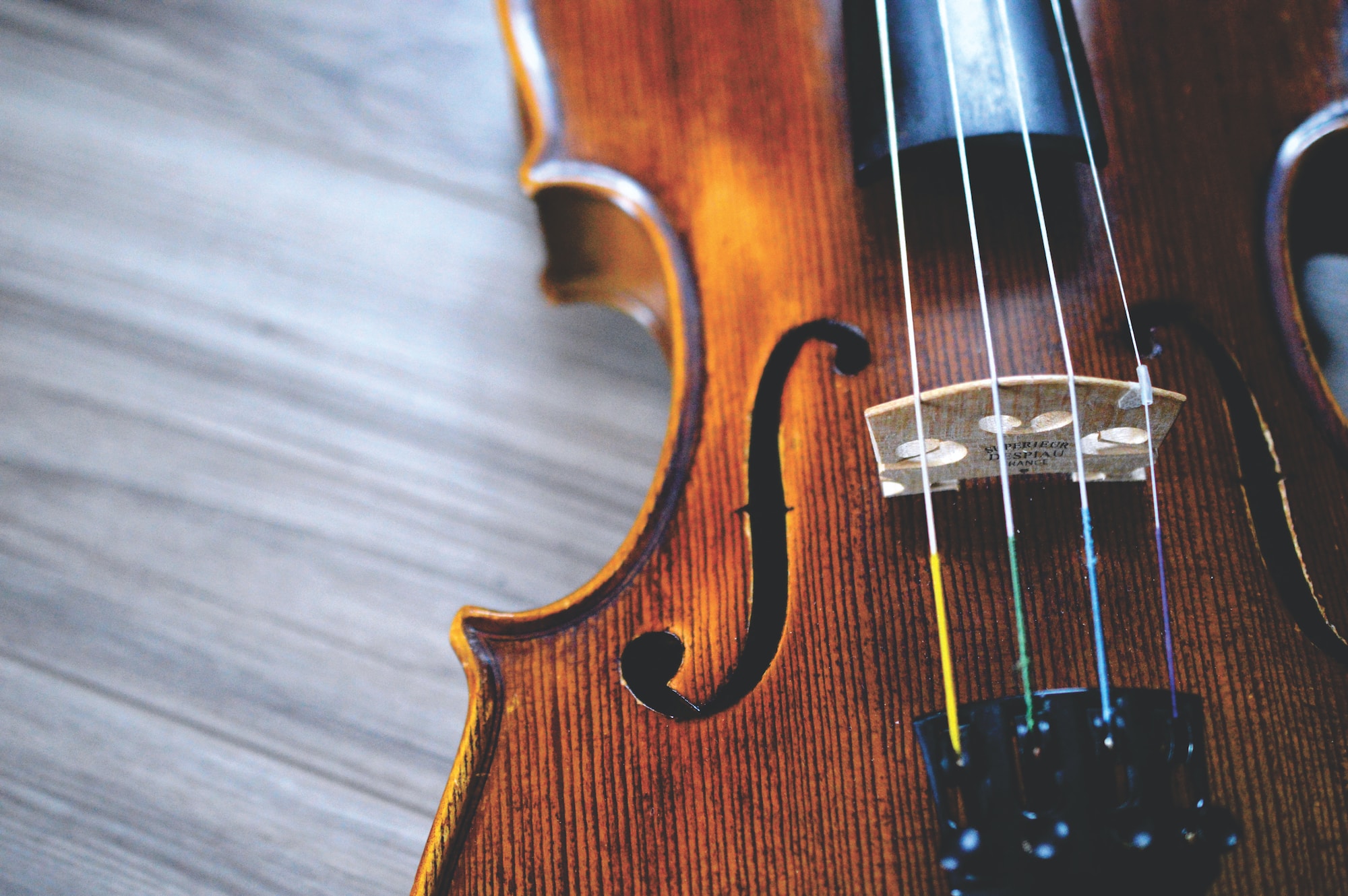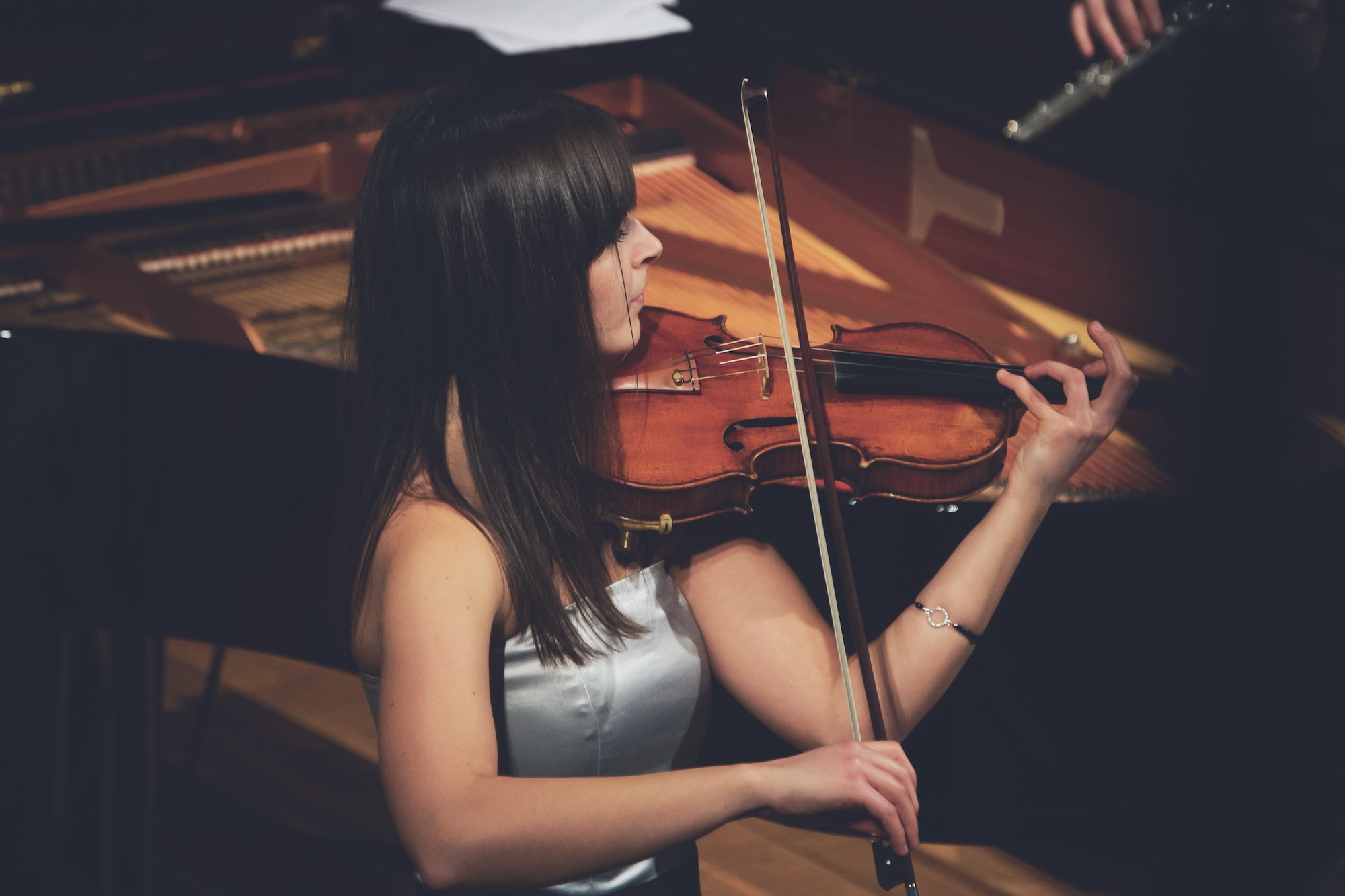The violin is a gorgeous and versatile instrument that anyone can try learning. However, before you buy a violin, you should know that there are three main types of a violin to consider. It includes beginner, intermediate, and professional violins. You cannot play an intermediate or professional violin as a beginner. In contrast, a beginner violin can be boring for advanced players.
That’s why it’s important to learn the differences between these three to find the right one that meets your needs. This way, you can save time and money when purchasing and learning a violin.
Beginner violins
If you’re starting out learning to play an instrument, a beginner violin is ideal for you. These beginner violins are designed and crafted for those still developing their skills. You can purchase affordable or even cheaper beginner violins in a violin shop. They are typically made of laminated wood or lower-quality solid wood, which is why they’re cheaper. But no worries because beginner violins are easier to play, and it won’t hurt your budget much, especially if you’re just starting.

Intermediate violins
Grab an intermediate one if you already have some skills and are ready to upgrade to a higher-quality violin. Intermediate violins have better craftmanship and materials than beginner violins. They are typically crafted using solid woods like maple or spruce, giving you a more complex and richer sound. This type of sound quality is not possible in laminated woods.
Aside from that, intermediate violins also have higher and better quality fittings like ebony fingerboards and pegs. Therefore, you can enjoy better tuning stability and sound quality than beginner violins.
Professional violins
The last and highest quality is the professional violin, specifically designed for professionals and advanced players. You’ll enjoy a violin of the finest materials crafted by skilled luthiers.
Like intermediate violins, professional violins are also made of solid wood. But woods used in professional violins are carefully picked for their tonal properties and beauty. Additionally, the accessories and fittings of professional violins include high-quality gold or silver fittings, ebony, and gut strings.
But what about the prices? You should expect that professional violins can be expensive. Some even cost hundreds of thousands or even millions of dollars, undoubtedly due to the materials used to craft them.
But for serious players, professional violins are a nice investment and the best way to showcase their skills.

Factors to consider when choosing a violin
Here are the things you need to consider when choosing a violin.
- Skill level
Purchase a violin fitted to your skill level to make the most of your money. If you’re a beginner, then get a beginner violin. But if you have already developed some skills, an intermediate one would be perfect. A violin that is below or beyond your skill level can hinder your progress.
- Budget
There are tons of violins with varying price points in the market today. This is why before you search for an instrument, you need to identify your budget and how much you’re willing to put in. You must stick with your budget while looking for a violin to avoid financial conflicts.
- Music style
Violins are fitted to particular music styles, and you should also consider them. For instance, if you aim to play classical music, you might want to purchase a violin with a warm, rich tone. However, if you want a brighter and more lively tone, then get a violin for fiddle music.
- Personal preference
If you already have some violin models in mind or brand preferences, don’t forget to consider them too. Your personal preferences matter, and do not be afraid to try out different violins until you find one that sounds and feel right for you.
Importance of trying out different violins at a violin shop
Trying out different violins at a violin shop can be very beneficial in many ways. For example, you can determine the sound quality, comfort, and playability before purchasing. You’ll also see if a particular violin matches your personal preferences and budget. Plus, you can get advice and recommendations at the violin shop. In short, trying out different violins can help you become more confident in your purchase.
Conclusion
We know that choosing a violin is a personal decision, but we also like to remind you that there are things to consider. You should know that determining your skill level is essential to know whether you are fit for a beginner, intermediate, or professional violin. The three categories are crucial in your progress, and if you want to improve your skills, you better choose the right one for you. One way to do this is by trying different violins at a violin shop.
